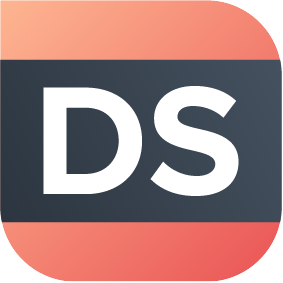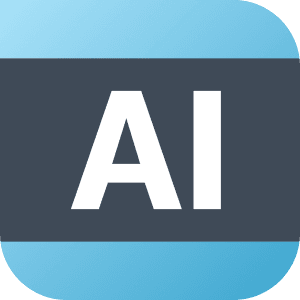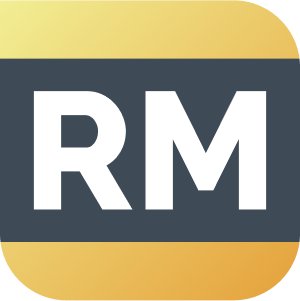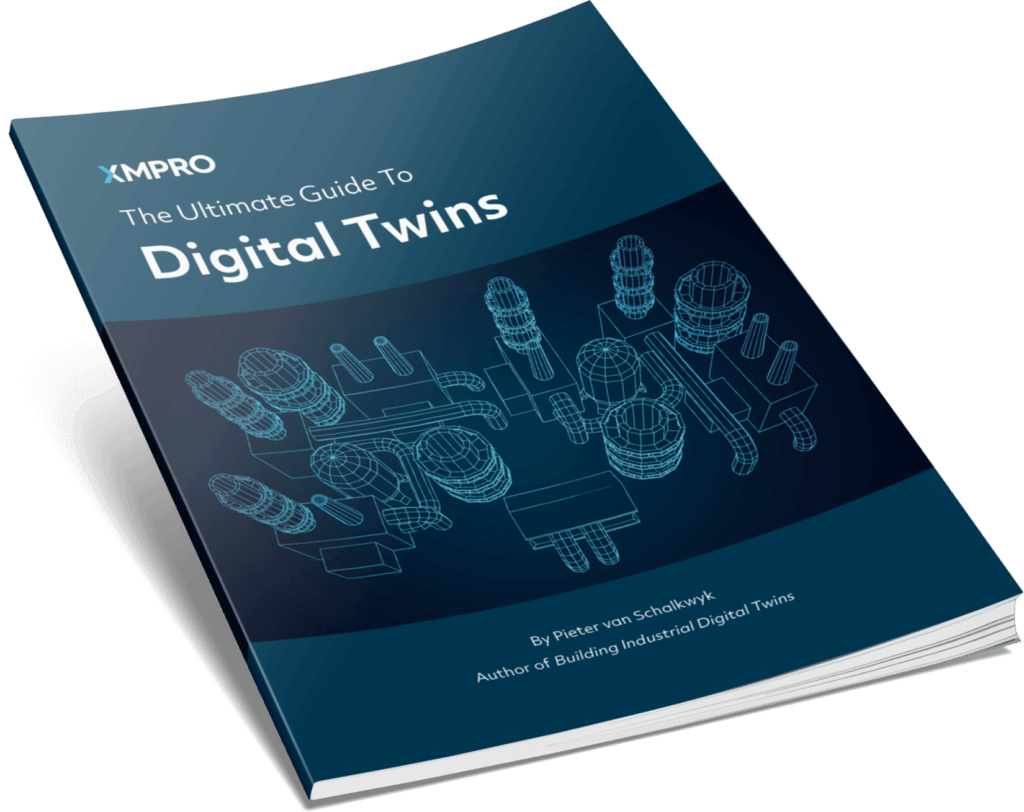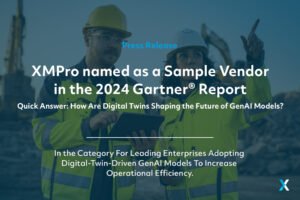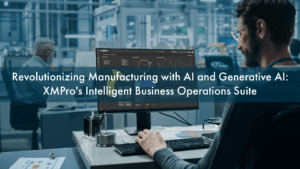Remote work is becoming the new normal for many businesses, and it requires a new way of monitoring and managing for executives. Many decision-makers still rely on historical reporting and business intelligence dashboards to make day-to-day operational decisions.
For many of these decision-makers in asset-intensive industries, it also meant that you walk the factory floor, let experts inspect equipment to monitor its condition, and talk to machine operators to find out what is happening.
This approach worked for 80 percent of businesses that are either average or below-average performers. But this all changed as the recent Coronavirus (COVID-19) pandemic blindsided these organizations. Governments implemented “social distancing” measures and these “average” organizations were not prepared to have a remote workforce that couldn’t walk the plant to gather intelligence and make situationally aware decisions. Their Digital Twins were comprised of historical dashboards and spreadsheets with stale data about past performance. It is kind of like having your parents reminisce about “the good old days”.
In contrast, executives are glued to real-time newsfeeds on the pandemic. They watch stock market updates and look for signals that will impact their business survival as never seen before events happen. They subscribe to real-time feeds and collaborate remotely using live chat and video conferencing on the best next steps or recommendation actions. They are not using BI dashboards to analyze what happened. They are looking for insight and foresight, not hindsight.
Complacent Business Intelligence practices lead to low levels of situational awareness. Complacency is a major cause of chronic laziness, and for business, this is no different. Situational laziness and “Management By Dashboards” numbs the organizational senses to what is happening right now, what is likely to happen, and what is an appropriate response.
In the past, the focus was more on “what were the sales per store last month/year”. They now require a new level of intelligence on “what is the real-time demand at each store and do we have too much/too little, just the right level” to optimize current conditions or events.
The pandemic will pass, but it will change how executives will revisit their strategic readiness for real-time events. We have access to vast volumes of real-time data coming into businesses at sub-second intervals. But we never built strategic capabilities around this, until now. This brings me to the most productive remote worker in the workforce of the future, the real-time, event-aware Digital Twin, or Event Twin.
This Digital Twin can virtually walk around your business, collect real-time data or “signals”, find the key events that will impact business operations, and pass it to decision-makers at the right time, in an unbiased, forward-looking way. An Event Twin not only provides insights into what is happening right now, but it can also predict what is likely to occur with the right analytics. It is like running a “Lights Out” factory for your whole business. Decision-makers can work remotely and “see” what is happening in real-time through the eyes of the Event Digital Twin.
Event Intelligence through event-aware Digital Twins will be the most valuable decision support investment organizations will make post the pandemic.
So what does an Event Twin look like?
It needs to harvest information from a range of real-time data sources including business applications, web-services, and more recently, the influx of information from the Internet of Things (IoT) with sensor-based or smart device machine-born data. It has strong integration and orchestration capabilities and knows what analytics to apply when creating intelligent data streams. It also knows how to pass data on to other systems where you want to take action, like creating a work order in your ERP solution. It can handle a large volume of varied data at scale. It is masterful at finding key business events that provide opportunity and risk. It has a high work rate with a high level of accuracy. It is the perfect team member to know what is happening or likely to happen right now.
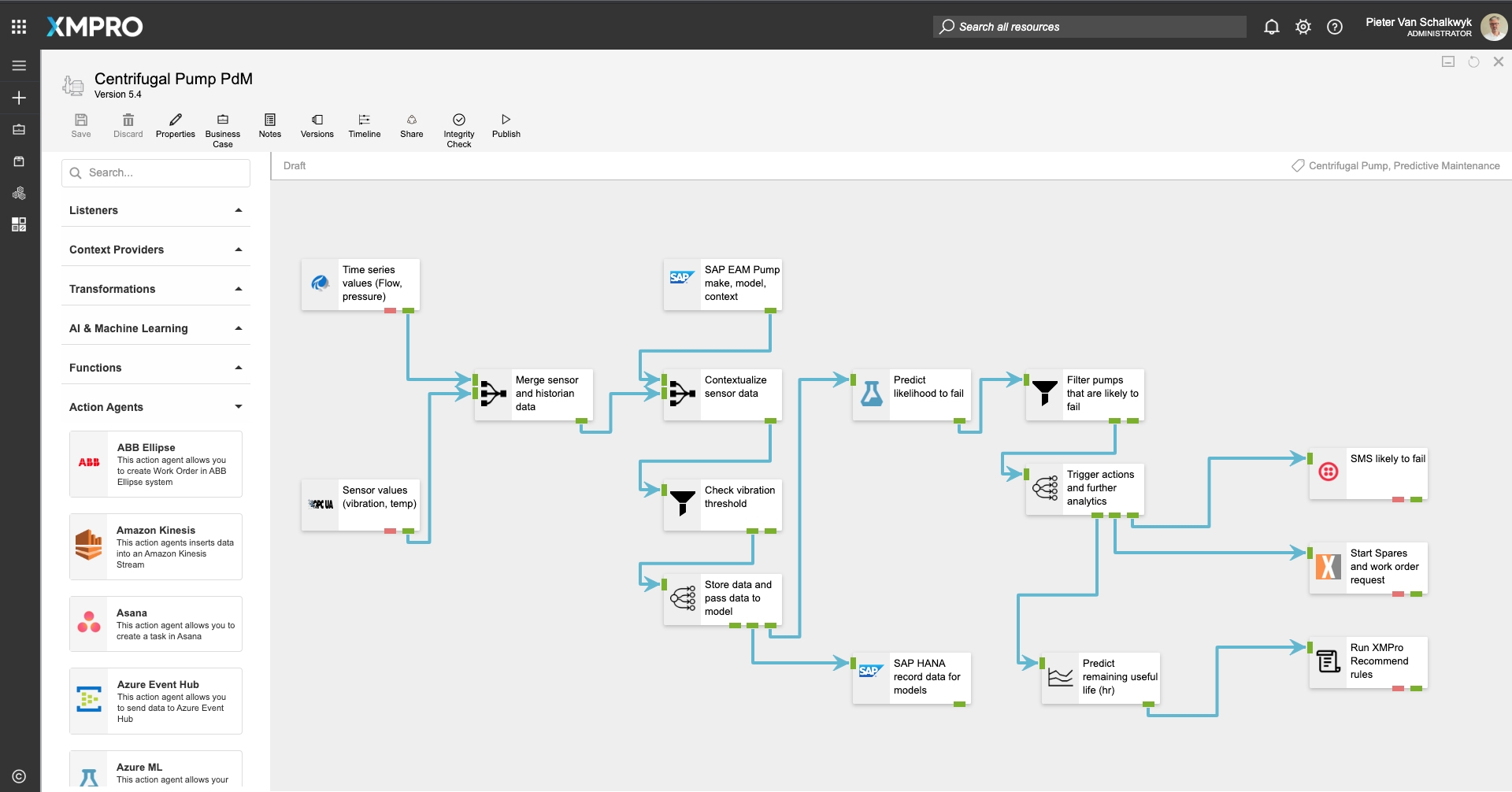
The Eventboard in an Event Digital Twin is different from a historical dashboard. It shows key business events that are happening right now based on recommendation rules that alert you when a specified event or sequence of events occur. It only shows Event Intelligence and provides the right decision support to make the best decision quickly. Companies will build these event rules into the Digital Twin, and it will be a critical competitive advantage in future.
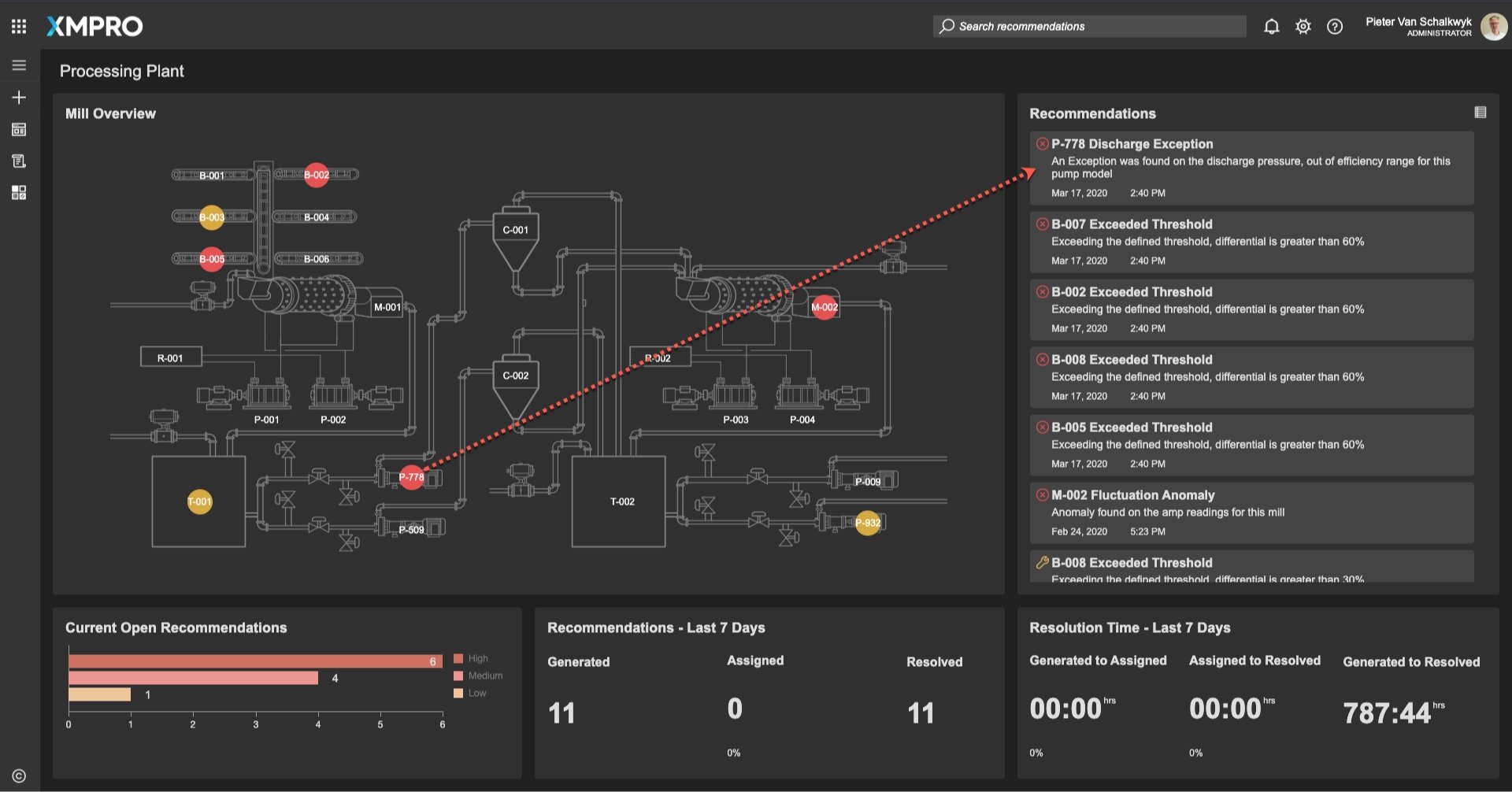
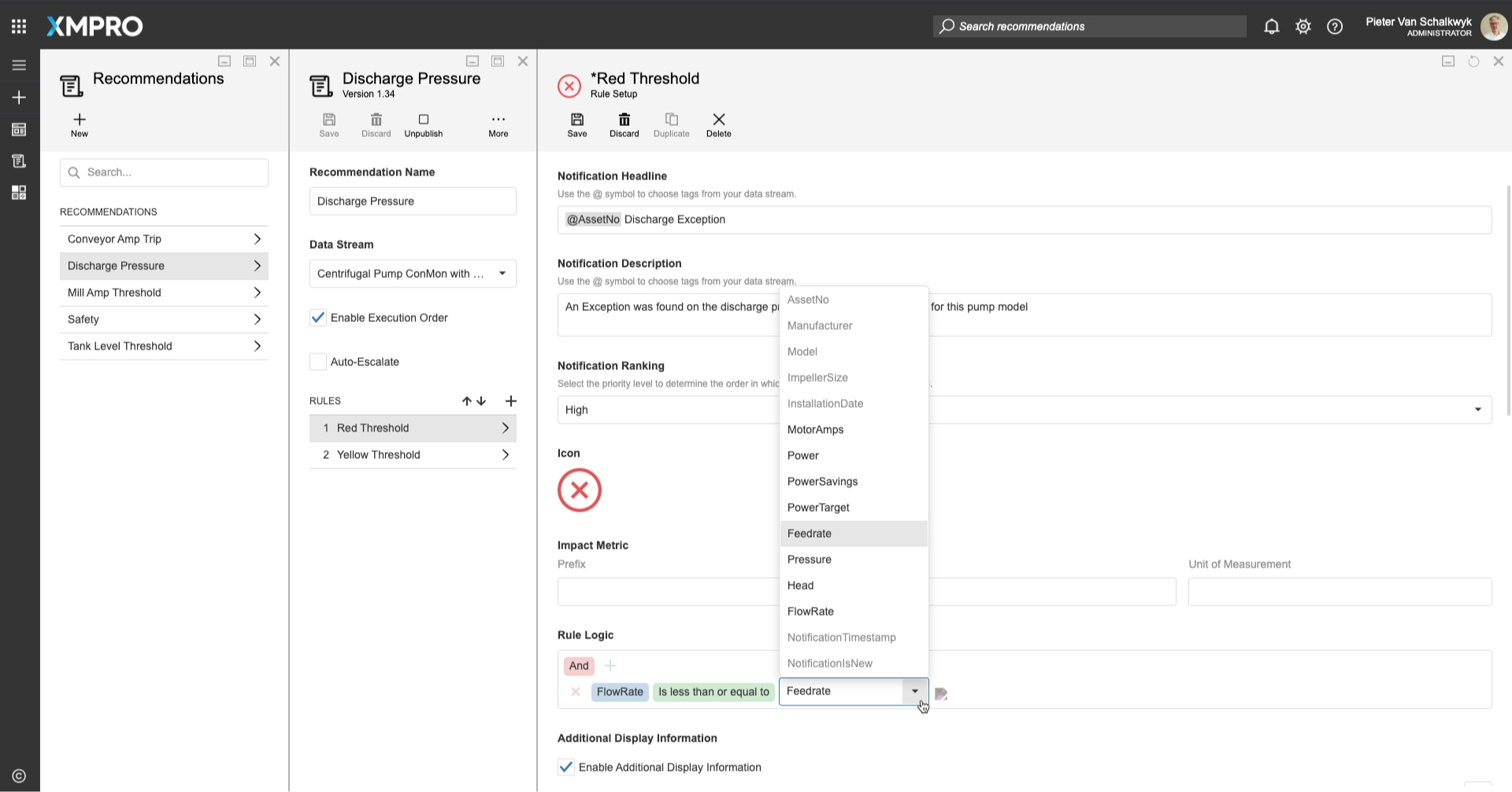
It is easy to define new event rules for the Event Twin to detect and respond in real-time.
What if we offered to help you hire a real-time Event Digital Twin solution that works on our Event Intelligence platform:
– that connects to the real-time data sources in and around your business in a matter of a few days
– and provide you with unbiased, right-time information and recommended actions
– so that you can track leading indicators for key events in your business and make the best decisions quickly.
Would you take me up on that offer?
If you’re interested in learning more, send an email to [email protected].

